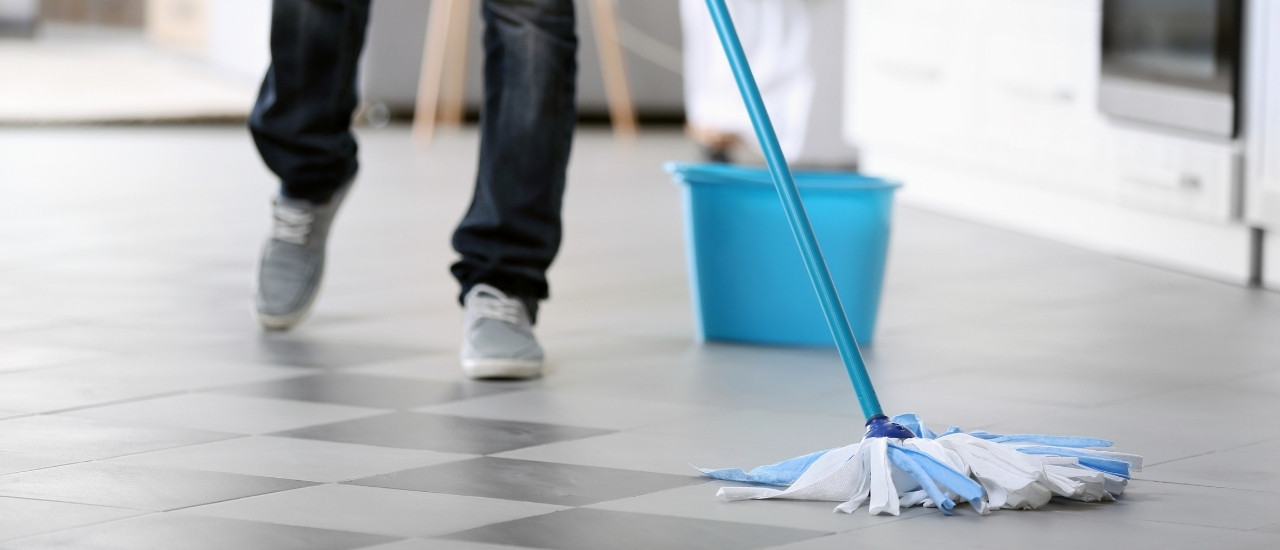
What is Your Perfect Checklist for Flood Cleanup?
No homeowner or business owner ever desires the effects of flooding in their premises. It not only disrupts the normal operations and conveniences but also has the potential of causing wanton damages to the properties therein, as well as interfering with the structural integrity of the premises.
But when you come face to face with a flooding event, you need to have clarity of mind regarding the specific steps you need to take so that you may resume normalcy as soon as possible and without causing any further damages or exposing yourself to unnecessary risks.
If you ever find yourself a victim of a flooding event, read below for our comprehensive checklist for a flood cleanup that will ensure you overcome the situation in the best possible way.
Calling the insurance company
The first item you need to check off your list in the event of a flood is to call your insurance company. Inform your agent of the flood and then ask them for whatever details they need preserved or captured that may be useful for making successful claims.
Usually, it is recommended that you take elaborate photos and videos detailing the damage so that the insurance company will have a clear picture of the extent of the damage while deciding on the settlement.
Get a licensed electrician immediately
After contacting your insurance company, the next professional you need to contact is a certified electrician. Flooding usually comes with significant risks of electrocution owing to the potential damages to the electrical works and the high possibilities of live wires coming into contact with the floodwaters.
Since you may not tell whether or not the floodwaters are already electrically charged, hence, the risks of electrocution, it is highly recommended that you get hold of a certified electrician to come and secure all the electrical systems before you can go ahead with the rest of the after disaster cleaning.
Food and water safety
In case of a flooding event, you should assume that all the waters supplied by your local water company or utility company are unsafe until they are declared otherwise. The only time you may not make this assumption is when the flood is local to your home, like in instances when it is caused by a burst pipe in the bathroom.
Otherwise, you should avoid using water for a while, and also secure any food items in the open that might have not already been affected by the floodwaters. Depending on the severity of the flood, it may be a few days before things get back to normal so you may want to secure food and other essentials that you may need until things get back to normal.
Start the initial cleanup
With the insurance company notified and proper documentation taken, and the electrical systems secured, it is now time to start the actual after-disaster cleanup. Ensure that you have the right protective gear on so that you are well protected from unforeseen dangers in the floodwaters that might end up hurting you.
Begin by shoveling the mud from the hard surfaces, removing all the broken and damaged items from the rooms, and opening doors and windows to drive out any stagnant waters, and improving the aeration inside the rooms.
Sort out the carpets and the furnishings
Carpets and furnishing usually take a lot of beating from flooding events. There are very good chances that irrespective of the amount or nature of the floods, they will be affected in some way. That’s why while thinking about after disaster restoration, you also need to remove them, sort them out and decide on a deliberate course of action to take with them.
Mostly, you will have to consider handing them over to carpet cleaning professionals so that they can be given a thorough wash before you re-install them. Your furnishings are also likely to be affected by floods. You also need to sort through them to see what you can salvage and what you can throw away.
Remove hardwood floorboards
While addressing carpets, take the opportunity to pull up all hardwood floorboards if you have them. This is because the boards may buckle as a result of soaking up a lot of the floodwaters, and if not removed, they are likely to increase the humidity inside the rooms, making conditions right for the propagation of molds.
Once removed, be sure to clean and sanitize the boards before allowing them enough time to dry completely so that you are free to reinstall them again.
The walls
Floodwaters may not cause instant damage to walls, but if left unattended, floods can do very serious and expensive damages to walls. The floodwaters will slowly seap through the walls where they will not only soak the structures but also create the right conditions for the growth of molds, not forgetting the humidity problems it will cause inside the rooms.
With the walls, you should start by opening the windows to allow for proper ventilation inside the rooms. The next step is to remove the interior surfaces of insulated walls as well as flooded drywalls if you have any. If there is any mud on the walls, be sure to clean it up so that the walls can slowly dry without them. You may consider using dehumidifiers and fans to speed up the drying process.
Work with after disaster restoration professionals
There is a lot of work that goes into after-disaster cleaning and if you are not well prepared or you have never done it before, you are likely to find it a bit overwhelming. For this reason, it is highly recommended that you work with a reputable after-disaster restoration company such as KBS Maintenance to ensure that normalcy resumes as soon as possible after a flooding event in your home or place of work.